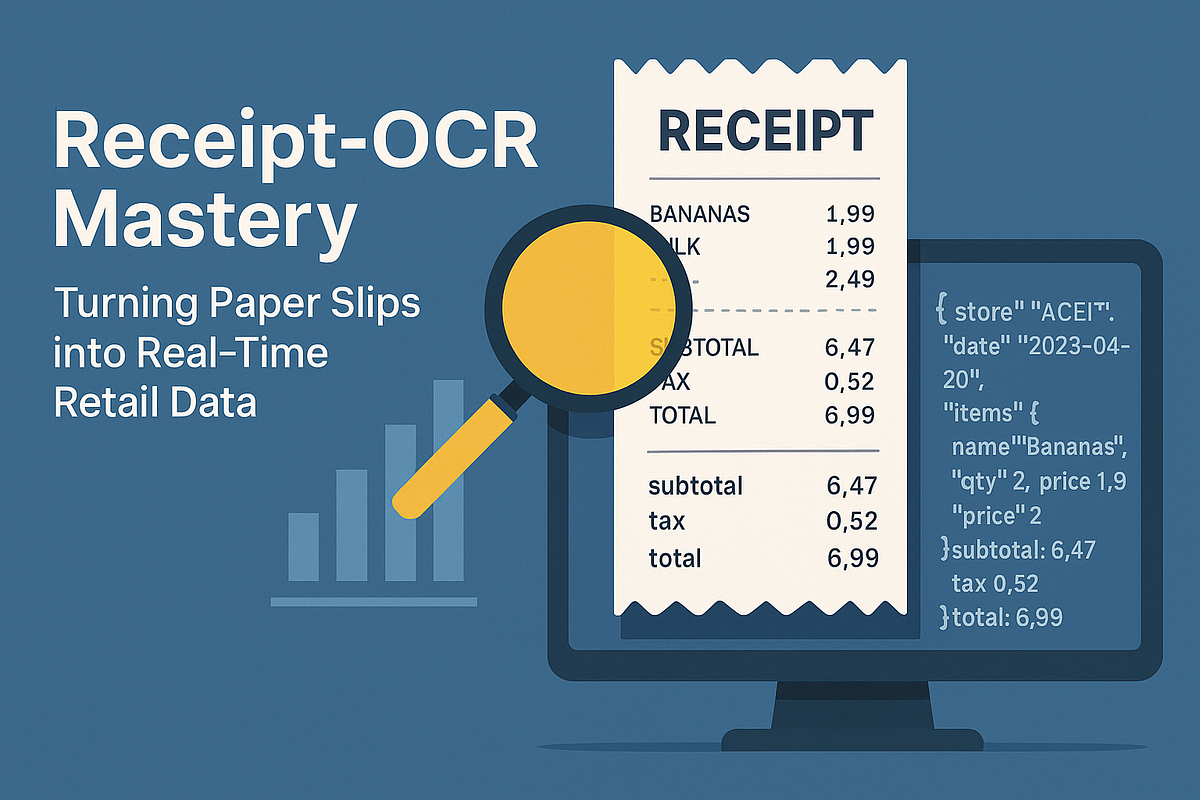Medium
2M
110

Image Credit: Medium
Receipt-OCR Mastery: Turning Paper Slips into Real-Time Retail Data
- Paper receipts can be transformed into real-time business insights using receipt OCR (Optical Character Recognition) technology.
- OCR technology extracts key fields from receipts to enable real-time analytics, fraud detection, and loyalty campaigns.
- Structured receipt data facilitates dynamic pricing adjustments, personalized loyalty programs, and automated tax reporting.
- Modern OCR systems utilize preprocessing, text detection, recognition, semantic parsing, and post-processing to extract structured data.
- OCR models are trained to handle imperfect receipt images through techniques like data augmentation and automatic image enhancements.
- Performance of OCR systems is evaluated based on metrics like Character Error Rate, Field-Level F1 Score, and Monetary Delta.
- Serverless architectures enable real-time processing of receipts from image upload to structured data storage, enriching, and visualization.
- Custom OCR models may be necessary for non-standard receipts, multiple languages, or specific requirements like tax handling.
- Receipt OCR offers businesses the ability to streamline processes, improve accuracy, and gain a competitive edge through data-driven insights.
- Key steps to get started with receipt OCR include auditing current workflows, testing APIs, setting up ingestion pipelines, monitoring performance, and considering custom solutions.
- Mastering receipt OCR is not just about converting paper into text but unlocking automation, visibility, and smart decision-making for enhanced business operations.
Read Full Article
6 Likes
For uninterrupted reading, download the app